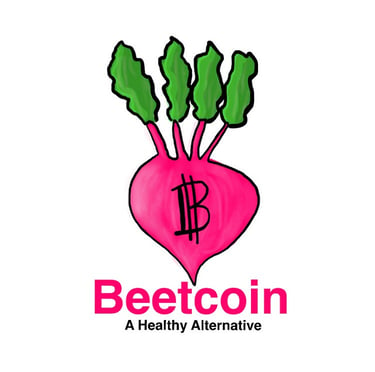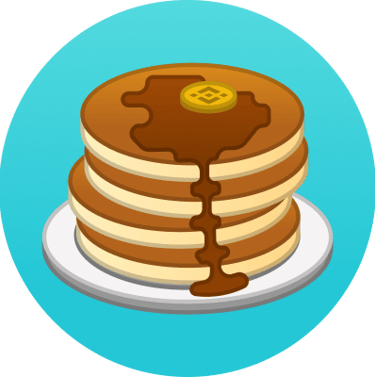Chainlink: Connecting Blockchains for DeFi Success
Discover how Chainlink serves as the essential glue interlinking blockchains, enabling decentralized finance (DeFi) applications to thrive. Learn about its role in enhancing interoperability and security in the blockchain ecosystem.
7/20/20252 min read


In a world where smart contracts need real world data, Chainlink acts as the critical bridge. The Chainlink blockchain is constructed on the Ethereum network with the goal of bringing reliable off chain data on chain so that it can be utilised by smart contracts enabling a wide range of applications. Chainlink has been in collaboration with the Central banks, SWIFT, google cloud as well as many other reputable partners. This is achieved by utilising its Decentralised Oracle Network (DON) and is made financially sustainable by the deployment of the ERC-677 LINK token. Chainlink plays a key role within DEFI, enabling 12 trillion dollars of transaction value and allowing cross chain interoperability between blockchains which contributes to a range of keystone DEFI functions.
The Decentralised Oracle Network (DON) is designed to enhance and extend the capabilities of smart contracts on a target blockchain or main chain through functions that are not available natively, this is done by providing the three basic components of computing which are networking, storage and computation. The two types of functions within the DON are executables and adapters. Executables run continuously on the DON in a decentralised manner whereas adapter functions act as the middleware, transforming raw data into a format usable by smart contracts. They standardise inputs and outputs between external sources and the DON. Real world data is brought into the DON via API’s IOT devices as well as enterprise systems. The data is cryptographically signed to prove authenticity before being written on chain.
The applications which chainlink enables are vast and are highly valued and will contribute to extensive global economic growth, raising the standards of living for people and enabling a wide range of technologies to work more efficiently. For example a farmer in a developing country may want to purchase insurance if there is not enough rain across the season and the crops cannot grow, but services like this may not be available within the developing country due to corruption and unstable governments, and without these required insurance services, the farmer may not farm crops as the downside risk could be too extensive. This would leave the land unused which would waste the economic opportunity and keep the food prices higher within the developing country, slowing the potential growth and development of the country towards economic elevation. With the chainlink decentralised oracle network, the data about how much rain within the region is able to be fed into the oracle network, and a trustless smart contract can be created which can be utilised to sell insurance to the farmer, which is beneficial to the financial markets as they get a wider range of customers and maximise profits as well as the farmer, as they attain a level of financial security and are able to utilise the land better to provide more food for the inhabitants. The concept of importing reliable data that cannot be altered or tampered with onto the blockchain enables smart contracts to go next level and opens the door to a wide range of applications such as adaptable electricity pricing, eliminating the need for brokers and reducing settlement times from days to seconds, makes remittances low cost and fast as well as many more applications.
Get in Touch
We'd love to hear from you! Reach out for questions, feedback or other enquiries
Reach
info@bitesizedblockchain.com
Bite Sized is not affiliated with these brands in any way





Grab your daily web 3 byte
